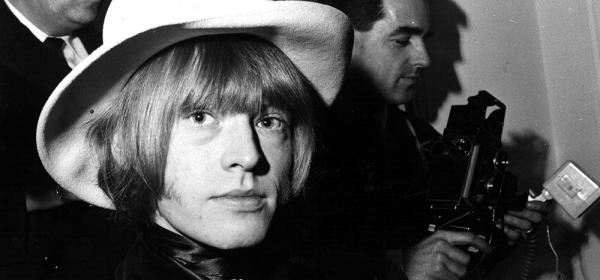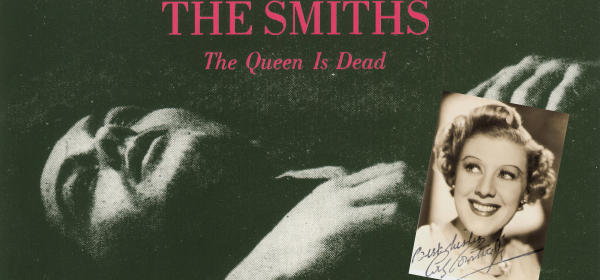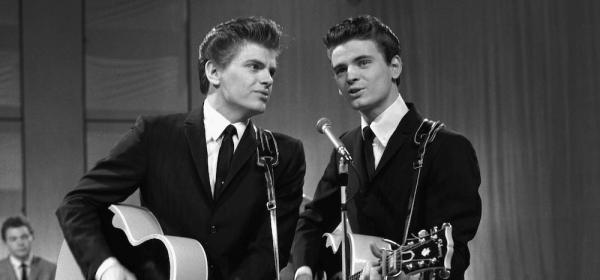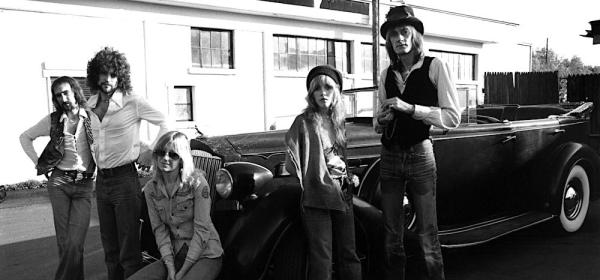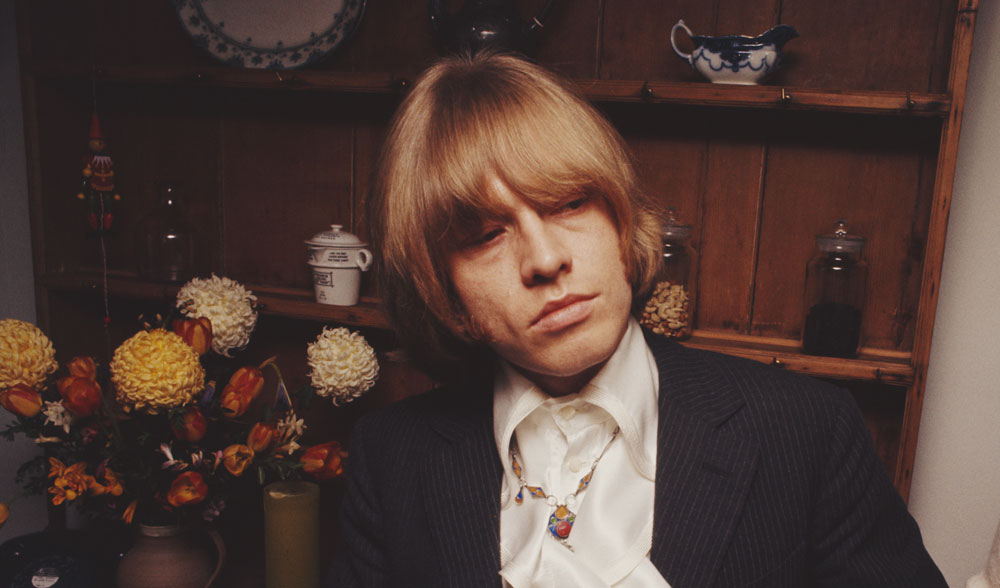
His importance has seemingly lessened over the years as the Stones have remained more or less true to their 70s selves, but Brian Jones was there when the band formed in the early 60s; indeed he formed it. And he was hugely influential on the band's music until his sacking and subsequent death, 50 years ago. On the anniversary of his death, we remember the original leader of the Rolling Stones and look at some of the classic tracks that he helped shape.
"(Brian) formed the band. He chose the members. He named the band. He chose the music we played. He got us gigs. ... he was very influential, very important, and then slowly lost it – highly intelligent – and just kind of wasted it and blew it all away." – Bill Wyman
Bill said it, and no one in the band has ever really denied it. Brian Jones was the original leader of the Rolling Stones. The most musically ambitious and well versed (he loved jazz and classical music as well as blues, and early on, clearly the most style-conscious and worldly, Brian drove the Stones musical development as well as shaping their image and their character. Excluded by Keith and Mick from the band's writing, he eventually lost his power within the group, and ravaged by lifestyle choices, he became a burden. Denied a VISA to the US for the band's upcoming Beggars Banquet tour, he became an impossible liability, and he was effectively sacked in June 1969.
On July 3, at the age of 27, he died.
Brian was the most devoted and developed blues adept when the Stones formed. He was a hardcore blues player, and as Mick and Keith started writing songs, many of which in those early days, were rather twee pop songs like "Tell Me" and "Blue Turns to Grey", Brian drove them further into the blues. He provided the stunning slide guitar on early hardcore blues covers like "Little Red Rooster" and "I'm A King Bee", the attacking Bo diddly-styled tremolo guitar on the cover of Bo's "Mona" and the wailing harp on their cover of Buddy Holly's Bo-soundalike "Not Fade Way". Brian was the musician and the purist who inspired thousands of teenager to explore the music, and hundreds of new blues bands to form.
As the band inevitably did pull away from the blues, Brian, apparently writing songs but lacking the confidence to present them to the group, made his presence felt as a multi-instrumentalist who could find the right way to colour a song, whether it was the stinging tone of the lick that carried "The Last Time", or the sitar that set the scene for "Paint It, Black". Ironically he was band's most prominent blues purest but also the one who took them the furthest out as they moved in new directions. The band's classic run of exploratory singles in the mid-to-late '60s, including the likes of "Nineteenth Nervous Breakdown" and" Ruby Tuesday" would all sound very different if Brian had not been on board. The band's forays into psychedelia on Their Satanic Majesties Request and their return to an ever rawer and acoustic-based blues style all benefited remarkably from Brian's creativity and musicianship.
Brian's replacements Mick Taylor and then Ronnie Wood helped shape the more familiar 70s Stones sound we know and love today, but the band made some remarkable music in the 60s; music that made them genuine rivals to the Beatles.
Let's have a listen to 10 examples of how Brian Jones made the Rolling Stones truly great.
Little Red Rooster
Did the Stones ever dig deeper than this? It mattered not that it was originally sung by a mountain of a man whose voice was described in his stage name, Brian's stinging slide on the Stones cover of Howlin' Wolf's 1961 recording "Little Red Rooster" was blues with enough feeling to inspire thousands to want to explore the full depths of this music.
Not Fade Away
From their first album. Brian doesn't play guitar on this one – it's all Keith. But that's Brian wailing away on the harp – he was one of the best harp players of his generation.
The Last Time
One of the defining guitar licks of the '60s, and it's Brian. The first Stones single written by Mick & Keith; they based it on a 1954 gospel blue by the Staple Singers featuring a very young Mavis Staples.
Under My Thumb
Jazz fan Brian dug the vibes, so figured a bit of marimba would suit this one. And he was right. By '66 and the Aftermath album, Brian was clearly expanding the Stones' sonic palette.
Lady Jane
Brian and his dulcimer rightfully get centre stage on this live performance of "Lady Jane" on The Ed Sullivan Show from 1966. Brian makes this tune. He played dulcimer and harpsichord on the record.
Nineteenth Nervous Breakdown
Keith Richards has talked a lot about guitar "weaving" over the years; a way that two guitarists could work together in a band without defining separate lead and rhythm guitar roles. The Stones first developed this method when Brian and Keith were the guitar players, and you can hear it the way the guitars work together in numerous tracks, including the uniquely propulsive jangle and chug of this classic.
Paint It, Black
Brian wasn't the first to use the sitar in rock music, but he was the first to make it sound so malevolent. Ever contrary, he is of course dressed head to toe in white for this performance.
Ruby Tuesday
Brian's just playing the recorder in this clip, with Keith playing piano. But Brian played the piano on the record. The last three tracks are all from the sessions that produced the Stones' ground-breaking Aftermath LP. "Ruby Tuesday" appeared on the US edition of their next album, the underrated Between The Buttons, on which Brian's contributions are listed as - organ, piano, recorder, electric guitar, vibraphone, marimbas, kazoo, harmonica, trumpet, trombone, backing vocals , harmony vocals.
2000 Light Years From Home
As the Stones moved from the baroque to the futuristic in the much-maligned but wonderfully unique Their Satanic Majesties Request album - a record that was as much sci-fi as it was psychedelic – Brian again took the lead in the soundscaping. You don't see much more than his hands in this video, but on the recording, Brian contributes mellotron, theremin and various spooky and spacey sound effects.
No Expectations
The Stones headed back to their roots on Brian's last album with the band, Beggars Banquet. (Brian actually made a minor contribution to a couple of tracks on the next record, Let It Bleed, but was replaced by Mick Taylor during it's making and had died before its release.) And of course Brian was in his element with the blues – his slide guitar on “No Expectations” is gorgeous.


